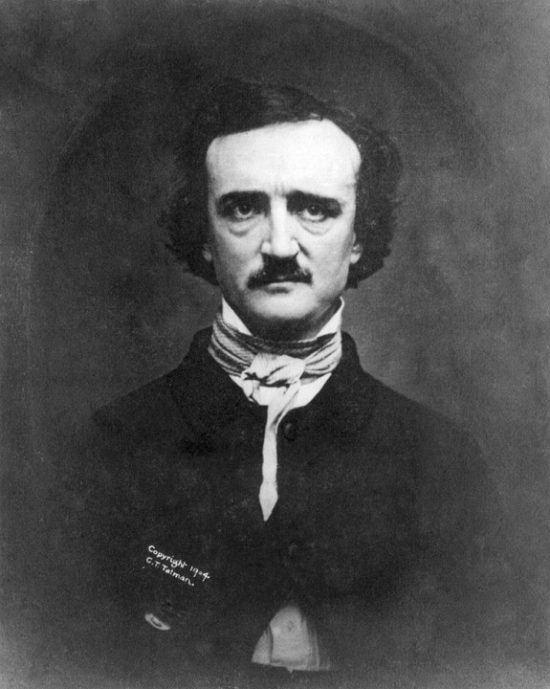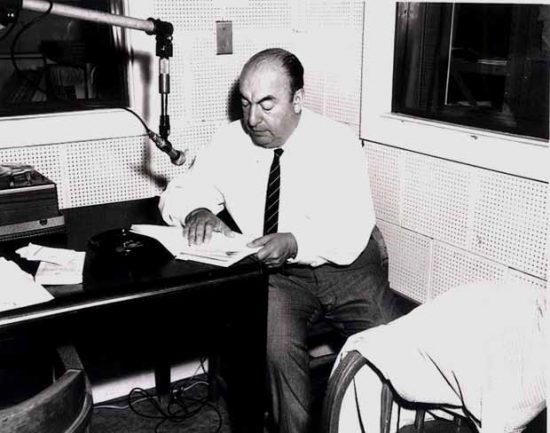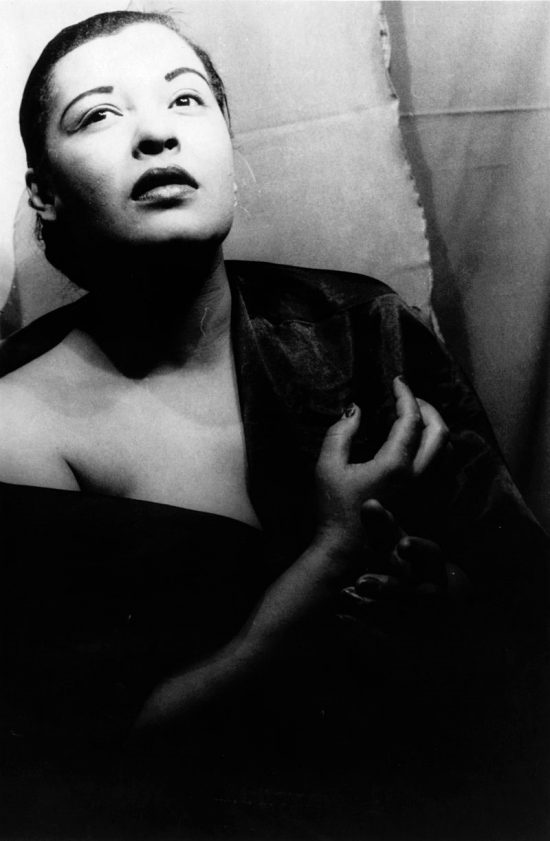Blog
Discover the History behind Famous Poems from Poe to Neruda
Poetry is nearer to vital truth than history.
—Leonardo da Vinci
Poetry is a deep well of knowledge and wisdom. They give profound meanings to simple observations and reflections. Most, if not all, tell a story. And not just any story. When you dig deeper, you will find how the history behind some poems can add more context to its significance.
It also helps to know what inspired and motivated the poet to write a particular poem. Some poems inspired other works. You will be surprised how famous works are connected.
There are many such poems. Let us take a look at a chosen few.
“Annabel Lee”
But our love it was stronger by far than the love
Of those who were older than we—
Of many far wiser than we—
And neither the angels in Heaven above
Nor the demons down under the sea
Can ever dissever my soul from the soul
Of the beautiful Annabel Lee;

One of Edgar Allan Poe’s most popular poems, which he often referred to as a ballad, “Annabel Lee” talks about a love that transcends death and time. Like most of his poems, it tackles the death of a beautiful woman. But what is the story behind this?
Although it cannot be conclusively established, critics say that Annabel Lee is actually Poe’s wife, Virginia. In his book, Edgar Allan Poe: His Life and Legacy, Jeffrey Meyers reveals the reason why there is a strong case that Virginia is the woman referred to in the poem: she was his childhood love, his only bride, and the only one who had died.
More than a century later, Vladimir Nabokov draws inspiration from “Annabel Lee” in writing Lolita. The main character in the book and also the narrator, Humbert Humbert, fell in love with with Annabel Leigh, a terminally ill girl he met as a child. In fact, the original title of the novel was The Kingdom by the Sea.
“The United Fruit Company”
Among the blood-thirsty flies
the Fruit Company lands its ships,
taking off the coffee and the fruit;
the treasure of our submerged
territories flow as though
on plates into the ships.
The Chilean poet Pablo Neruda has written many controversial poems in his lifetime. Although he is more known for his passionate love poems, he had also those that arouse strong emotions from people. For one, he wrote an ode to Stalin. One of his poems talks about an important part of Latin America’s history.

Some historians wrote how a banana company shaped the world. Neruda immortalized it in his poem, “The United Fruit Company.” It was written to bring attention to the injustices caused by American companies and dictators who exploited the native populations of Central and South America, particularly through forced labor. On December 6, 1928, the Colombian government ordered the military to put down the workers’ strike in the town of Ciénaga in Colombia using force. The number of casualties vary. Some say it was around forty-seven. Others put the estimate to as many as eight thousand.
This atrocity became an inspiration to Neruda’s poem, which also talks about the ill effects of capitalism on Latin American countries. Gabriel García Márquez, a Colombian author, also depicted the banana massacre in his book, One Hundred Years of Solitude.
“Strange Fruit”
Southern trees bear strange fruit,
Blood on the leaves and blood at the root,
Black bodies swinging in the southern breeze,
Strange fruit hanging from the poplar trees.

Before it was recorded and popularized by Billie Holiday into a song, “Strange Fruit” was a poem written by Abel Meeropol as a protest against American racism. He wrote it under the pseudonym, Lewis Allan. The inspiration for this poem came from a photograph by Lawrence Beitler of the mob lynching of two young African American men in Indiana.
The song was even blacklisted in the US for its controversial depictions of the lynching. In his New York Times article, “Strange Fruit: Billie Holiday, Café Society, and an Early Cry for Civil Rights,” David Margolick says, “And yet Strange Fruit, as a song and historical phenomenon, seems surprisingly unknown today.”
The author of the poem, Abel Meeropol, is better remembered as the man who adopted the sons of Ethel and Julius Rosenberg, the communist spies executed in New York on June 19, 1953.
Do you have your favorite poems? Share them in the comment section below or send me a tweet @ThomasReischel.
References
Bos, Carole. 2013. “Annabel Lee – Story Behind the Edgar Allan Poe Poem.” AwesomeStories, October 7. Accessed Jun 02, 2017. https://www.awesomestories.com/asset/view/Annabel-Lee-Story-Behind-the-Edgar-Allan-Poe-Poem.
Kurtz-Phelan, Daniel. 2008. “Big Fruit.” New York Times, March 2. Accessed June 2, 2017. http://www.nytimes.com/2008/03/02/books/review/Kurtz-Phelan-t.html.
Margolick, David. 2000. “Strange Fruit: Billie Holiday, Café Society, and an Early Cry for Civil Rights.” New York Times. Accessed June 2, 2017. http://www.nytimes.com/books/first/m/margolick-fruit.html.